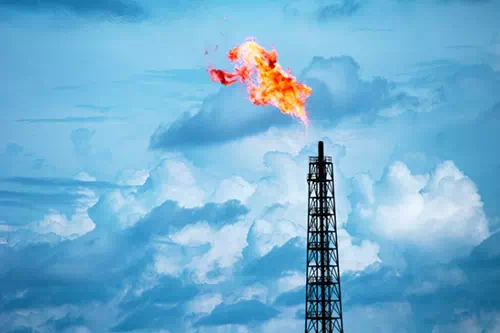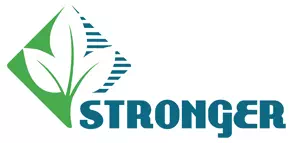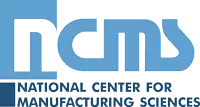

|
Other Resources The Interstate Oil and Gas Compact Commission (IOGCC) is an organization serving its 31 member and seven associate member states through the application, development and implementation of federally funded grant projects designed to meet the unique needs of individual states and regions. Projects are designed to support the IOGCC’s mission of promoting the conservation and efficient recovery of domestic oil and natural gas resources while protecting health, safety, and the environment. Coalbed Methane Outreach Program (CMOP). A voluntary program whose goal is to reduce methane emissions from coal mining activities by promoting the profitable recovery and use of coal mine methane (CMM). By working cooperatively with coal companies and related industries, CMOP helps to address barriers to using CMM instead of emitting it to the atmosphere. In turn, these actions mitigate climate change, improve mine safety and productivity, and generate revenues and cost savings. Energy.gov. The mission of the Energy Department is to ensure America's security and prosperity by addressing its energy, environmental and nuclear challenges through transformative science and technology solutions. EPA Regulations as they Relate to Horizontal Drilling and fracking. Presentation by Michael B. Wigmore. Global Methane Initiative. GMI builds on the existing structure and success of the Methane to Markets Partnership to reduce emissions of methane, while enhancing and expanding these efforts and encouraging new resource commitments from country partners. GPO Report to Congress, Unconventional Oil and Gas Development- Key Environmental and Public Health Requirements (9/5/2012). This report contains the results of a GPO study. GAO was asked to review environmental and public health requirements for unconventional oil and gas development and (1) describe federal requirements; (2) describe state requirements; (3) describe additional requirements that apply on federal lands; and (4) identify challenges, if any, that federal and state agencies reported facing in regulating oil and gas development from unconventional reservoirs. GAO identified and analyzed federal laws, state laws in six selected states (Colorado, North Dakota, Ohio, Pennsylvania, Texas, and Wyoming), and interviewed federal and state officials and representatives from industry, environmental, and public health organizations. National Renewable Energy Laboratory (NREL) Online Mapping Tools. NREL offers a variety of online mapping tools to explore renewable energy resources, calculate energy production and costs of various renewable energy technologies, and locate alternative fuel production facilities. Recently, the Renewable Energy (RE) Atlas has been updated to include tribal lands. What is shale gas and why is it important? (EIA). Background information and future outlooks for shale gas. National Oil & Gas Emissions Committee Information Repository. This website is a national repository for the following types of information: activity data for O&G drilling and production; hydrocarbon containing geologic formations; emission factors and chemical composition by facility and equipment type; emissions inventories; emissions modeling; tools for data access, inquiry and analysis; regulatory programs; NEPA planning process; literature articles and reports on the "state of the science" of O&G emissions inventories and emissions modeling.
|
Funded by EPA through a Cooperative Agreement
|
 |
||
About | Technical Topics | Federal Statutes & Regulations - US EPA | Federal Statutes & Regulations - Non-EPA | Emergency Response |
|
EPA Resources | State/Local Resources | Other Resources | Acronyms | Search | Disclaimer | Home



